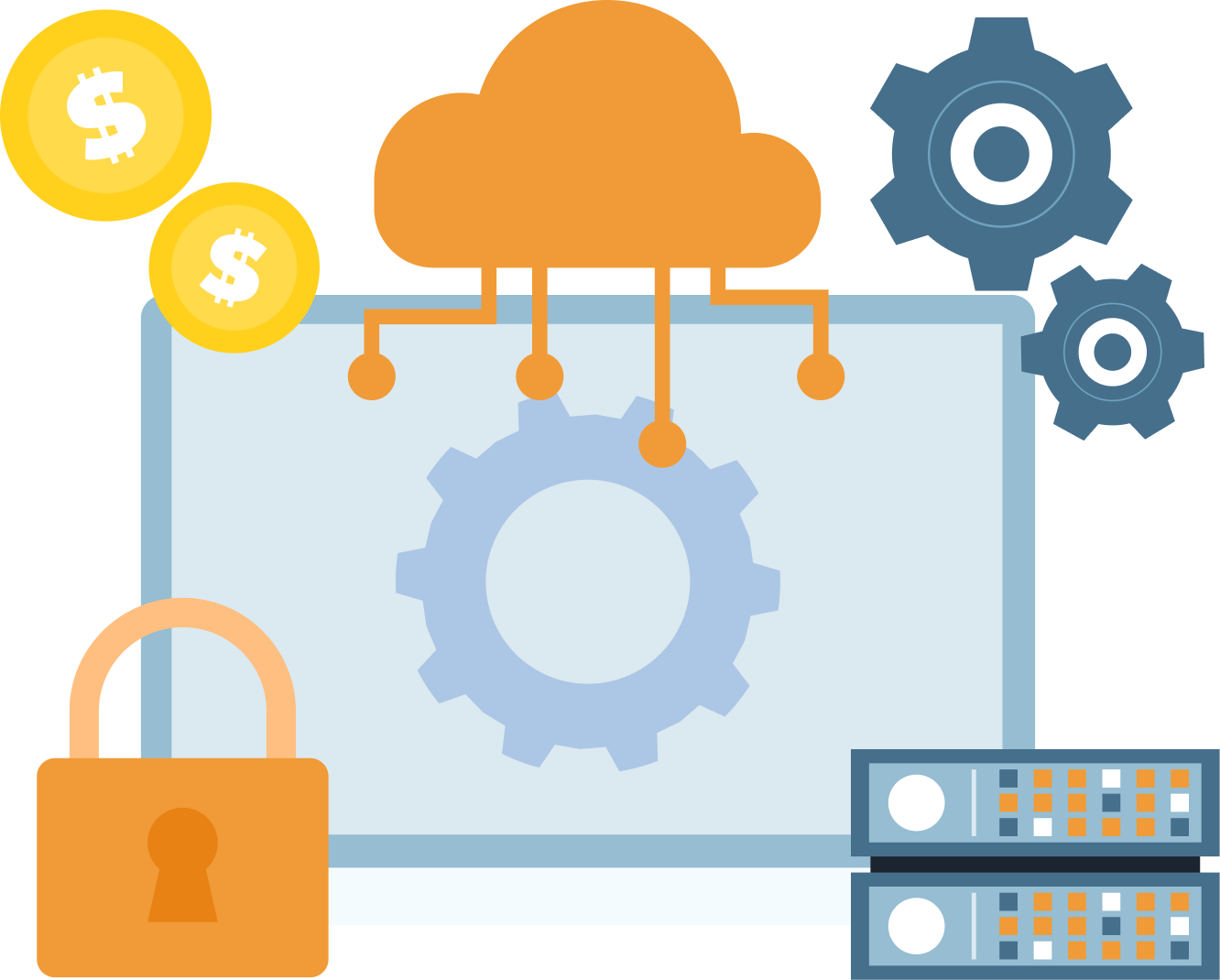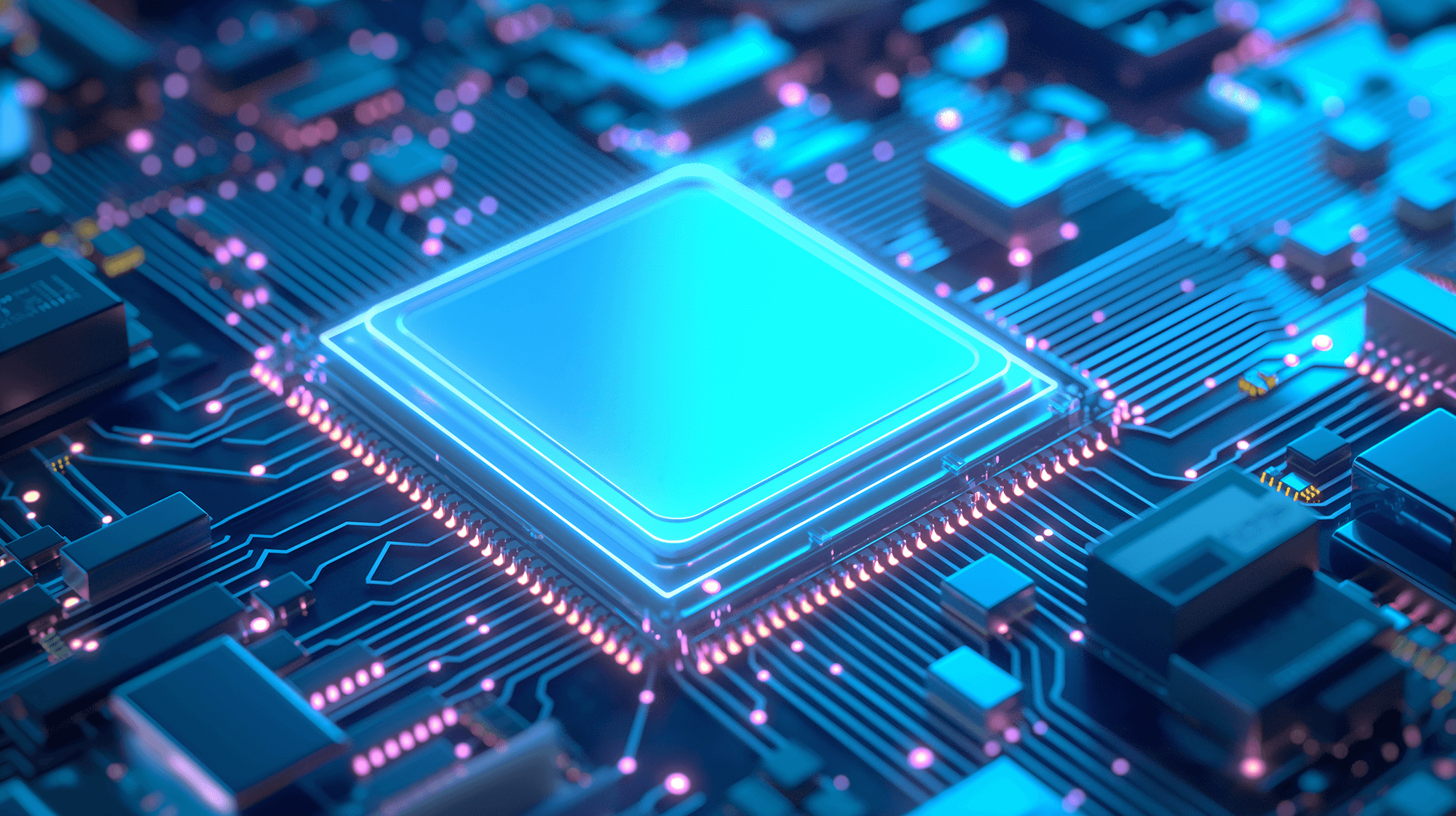Client Overview
Humanoo (Acquired by Telus) operating in the healthcare industry, has developed an innovative platform that caters to employee retention and corporate wellness. The platform is designed to provide comprehensive wellness solutions to insurance companies and employers.
By implementing these wellness programs, companies can improve employee satisfaction, reduce absenteeism, and enhance productivity. By leveraging cutting-edge technology and customised wellness programs, the start-up helps companies create a healthier and more supportive work environment that benefits both employees and employers.

Challenge
Cost Efficiency
The client needed to reduce the operational costs of running ECS workloads.
Performance Optimisation
Enhancing the performance of their microservice workloads was critical for maintaining service quality and user satisfaction.
Solution
To address these challenges, we implemented a comprehensive strategy to modernise the client's infrastructure. This included the following key steps:
- Docker Image Optimisation
We updated Dockerfiles and CI/CD pipelines to support ARM64 architecture, ensuring compatibility with Graviton processors. The newly optimised images were then pushed to Amazon Elastic Container Registry (ECR), enabling efficient storage and management. - ECS Task Definition Configuration
We modified the ECS task definitions to support the new Graviton-specific images, including core and sidecar containers. This ensured seamless integration with the existing infrastructure, reducing complexity and potential compatibility issues.
- Deployment and Testing
The updated workloads were deployed in a staging environment for rigorous testing. This allowed us to proactively identify and resolve any issues before migrating to production, ensuring a smooth and risk-free transition.
Results
Cost Reduction
The client experienced a significant 35% reduction in operational costs, confirmed through thorough monitoring and analysis using AWS Cost Explorer and Billing tools.
Performance Maximisation
The performance of the microservices saw significant improvements, which were corroborated by developers, third-party monitoring tools, and AWS CloudWatch metrics.
Enhanced Compatibility
The migration also led to improved compatibility with ARM-optimised technologies, opening up new possibilities for further optimisation and integration.
Technology Stack
To achieve these results, the following technologies and tools were utilised:
- Cloud Computing: Amazon ECS, ECR, Parameter Store, Secrets Manager, VPC, RDS
- Infrastructure as Code: Terraform, Terragrunt
- CI/CD: CircleCI, Log Management, Monitoring, and Alerting: AWS CloudWatch, New Relic, Slack, AWS Lambda, SNS, Freshping
- Team Collaboration: Jira, Confluence, Slack
- Source Control: GitHub, Git



